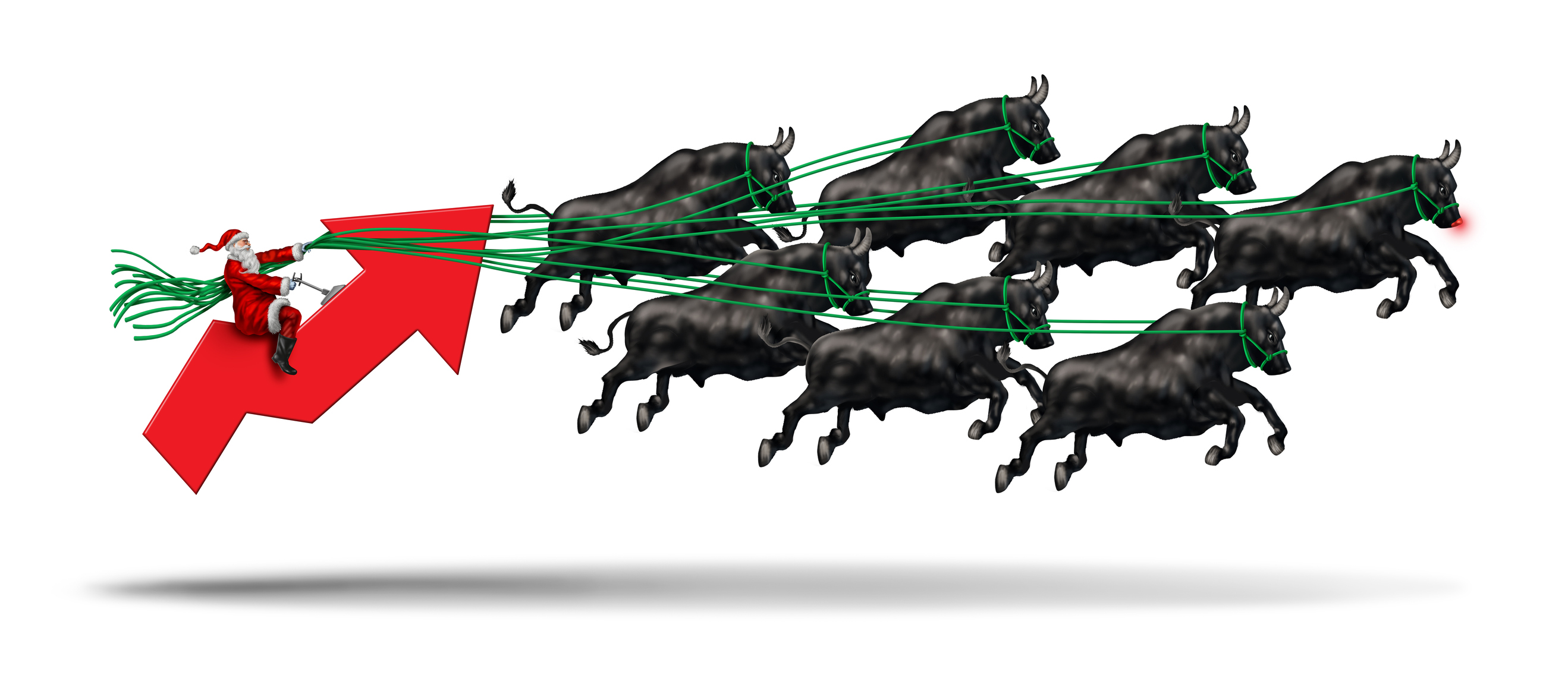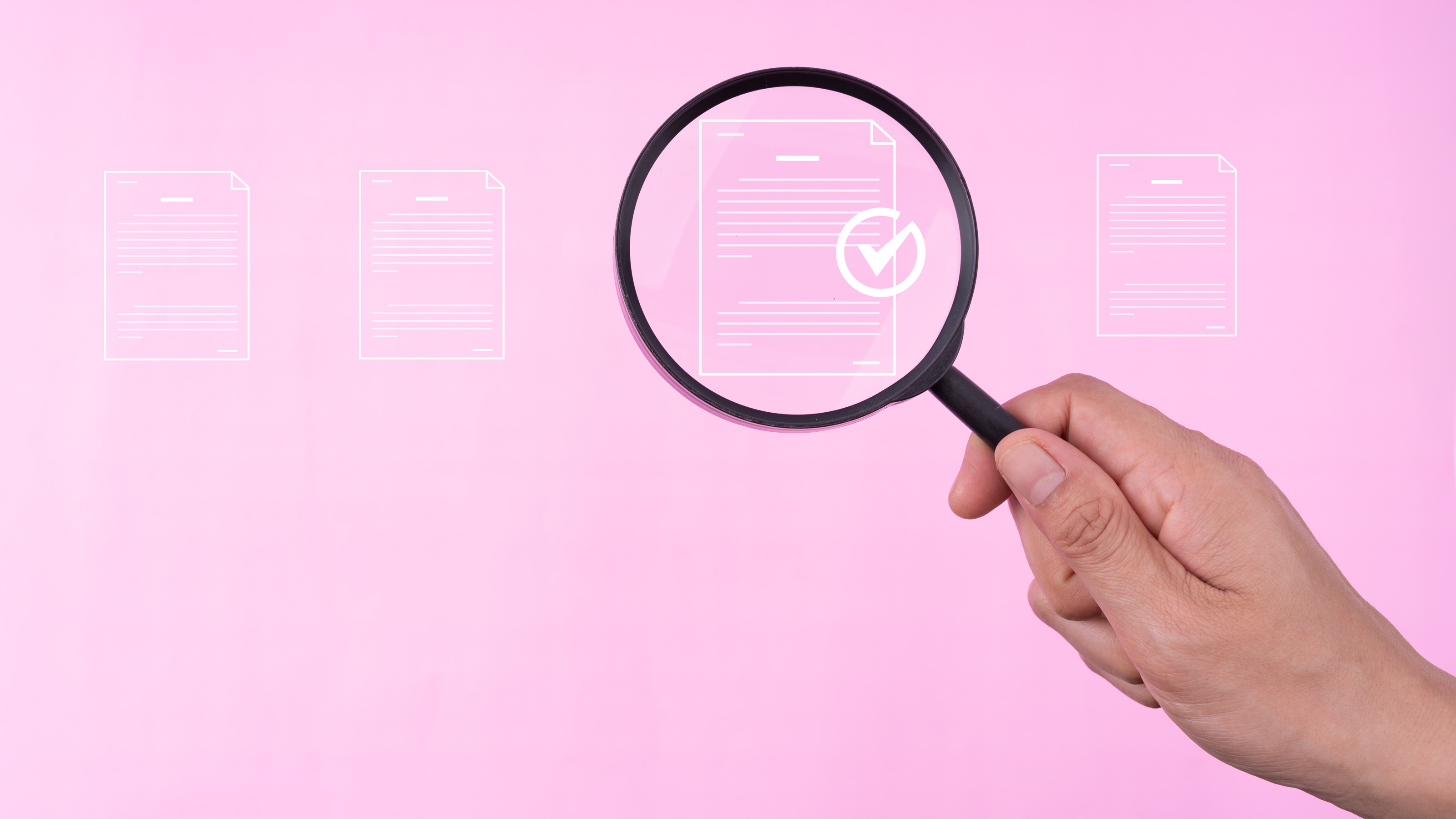Should I Do a Roth Conversion?
This strategy has pros and cons. Here's why people early in retirement should give it a close look.


If you’re approaching retirement, you may have amassed a healthy nest egg in traditional IRAs or retirement plans. You’ve probably heard about the option to convert those assets into a Roth account.
It’s important to understand what that entails — and when the strategy makes sense to employ.
Benefits of a Roth
A Roth account’s key benefit is tax-free distributions. If you’re over the age of 59½ and your Roth account has been open for at least five years, all of the money you take out of it is tax-free. Additionally:
From just $107.88 $24.99 for Kiplinger Personal Finance
Become a smarter, better informed investor. Subscribe from just $107.88 $24.99, plus get up to 4 Special Issues

Sign up for Kiplinger’s Free Newsletters
Profit and prosper with the best of expert advice on investing, taxes, retirement, personal finance and more - straight to your e-mail.
Profit and prosper with the best of expert advice - straight to your e-mail.
- Roth IRAs don’t have required minimum distributions (RMDs) for the original owner, whereas traditional IRAs are subject to RMDs after you reach age 70½. So converting a traditional IRA to a Roth IRA reduces RMDs (and the risk that they will increase your tax rate).
- Increasing Roth assets can improve your tax diversification—the mix of account types with different tax characteristics. Basically, that means you have more flexibility when deciding how to fund your retirement lifestyle.
- Roth assets are a hedge against higher statutory tax rates in the future. Following the individual tax cuts passed in late 2017, you might believe that tax rates are unlikely to be any lower during your lifetime.
Times When a Roth Conversion May Not Be for You
This sounds good. The catch, of course, is that you pay ordinary income tax right away on the amount you convert. Naturally, the strategy isn’t for everyone. It generally doesn’t make sense if you pay taxes on conversion at the same or higher rate than when distributions are taken later. There are a number of reasons this could happen.
- Many people have lower taxable income in retirement. They may reduce spending, which means they don’t need as much income. In addition, at least 15% of Social Security income is non-taxable depending on the retiree’s income.
- When you take retirement distributions, they may represent a large portion of your income and straddle tax brackets, resulting in a lower average tax rate. In contrast, the conversion probably adds to the income taxed primarily at your marginal, or highest, rate.
- Some states don’t tax retirement distributions, or have no income taxes at all, which is especially important to consider if you might relocate.
There are also factors to consider specifically for the year of conversion. Higher taxable income that year could have one or more of these negative effects:
- A higher tax bracket;
- A higher portion of Social Security benefits subject to tax;
- Higher Medicare premiums; and
- Less eligibility for student financial aid.
2 Types of People Who SHOULD Consider a Roth Conversion
With these potential pitfalls in mind, when does it make sense to consider a Roth conversion? We have identified two key opportunities.
1. A low-income year for someone with irregular income. This could even be a year when you’ve been unemployed. Unfortunately, those years often coincide with cash-flow challenges, making extra tax payments impractical. But, if you have lined up new employment without falling below a prudent cash level, a conversion could make sense.
2. Early in retirement before you face RMDs. The strategy is most valuable for affluent households when most or all of the following circumstances apply.
- You expect to leave an estate.
- You can comfortably afford the conversion taxes and fund your spending with cash or a taxable investment account.
- Your traditional (pretax) accounts are likely to generate RMDs that you won’t need for spending. And importantly, they will likely be taxed at a significantly higher rate than what you pay on the conversion. (One example: Your peak RMDs will ultimately be taxed at a 24% rate, whereas you can execute the conversion at a tax rate of 12%.)
- You don’t already have significant Roth assets — perhaps because Roth contributions were unavailable or unattractive at your income level when you were working.
- You expect your heirs’ tax rate won’t be lower than the rate you pay on the conversion.
Final Thoughts
Finally, keep in mind a few more points:
- No turning back. A Roth conversion is a permanent decision. You used to be able to reverse (“recharacterize”) a conversion, but that option was eliminated as part of the 2017 tax legislation.
- Only one part of a bigger plan. Evaluating Roth conversions should be coordinated with a broader retirement income strategy, including your Social Security claiming decision and the order you draw from different accounts.
- A complex matter. Taxation of retirement income sources is complicated. You should strongly consider consulting with a financial planner and/or tax accountant to evaluate your specific circumstances.
A Roth conversion strategy is worth investigating early in retirement, before RMDs kick in. That way you’ll know whether it can help you achieve your goals while there’s still time to take action.
Profit and prosper with the best of Kiplinger's advice on investing, taxes, retirement, personal finance and much more. Delivered daily. Enter your email in the box and click Sign Me Up.

Roger Young is Vice President and senior financial planner with T. Rowe Price Associates in Owings Mills, Md. Roger draws upon his previous experience as a financial adviser to share practical insights on retirement and personal finance topics of interest to individuals and advisers. He has master's degrees from Carnegie Mellon University and the University of Maryland, as well as a BBA in accounting from Loyola College (Md.).
-
 The Santa Claus Rally Officially Begins: Stock Market Today
The Santa Claus Rally Officially Begins: Stock Market TodayThe Santa Claus Rally is officially on as of Wednesday's closing bell, and initial returns are positive.
-
 How to Leave Different Amounts to Adult Children Without Causing a Rift
How to Leave Different Amounts to Adult Children Without Causing a RiftHere’s how to leave different amounts to adult children without causing a family rift.
-
 My Retirement Learning Curve, 1 Year In
My Retirement Learning Curve, 1 Year InA retiree checks in with what they wish they knew early on and what they've changed about their plan one year in.
-
 Introducing Your CD's Edgier Cousin: The Market-Linked CD
Introducing Your CD's Edgier Cousin: The Market-Linked CDTraditional CDs are a safe option for savers, but they don't always beat inflation. Should you try their counterparts, market-linked CDs, for better returns?
-
 How to Protect Yourself and Others From a Troubled Adult Child: A Lesson from Real Life
How to Protect Yourself and Others From a Troubled Adult Child: A Lesson from Real LifeThis case of a violent adult son whose parents are in denial is an example of the extreme risks some parents face if they neglect essential safety precautions.
-
 To Build Client Relationships That Last, Embrace Simplicity
To Build Client Relationships That Last, Embrace SimplicityAs more automation becomes the norm, you can distinguish yourself as a financial professional by using technology wisely and prioritizing personal touches.
-
 Client Demand Is Forcing Financial Advisers to Specialize: How to Deliver
Client Demand Is Forcing Financial Advisers to Specialize: How to DeliverThe complexity of wealthy clients' needs — combined with AI and consumer demand — suggests the future of financial planning belongs to specialized experts.
-
 A Financial Planner Takes a Deep Dive Into How Charitable Trusts Benefit You and Your Favorite Charities
A Financial Planner Takes a Deep Dive Into How Charitable Trusts Benefit You and Your Favorite CharitiesThese dual-purpose tools let affluent families combine philanthropic goals with advanced tax planning to generate income, reduce estate taxes and preserve wealth.
-
 A 5-Step Plan for Parents of Children With Special Needs, From a Financial Planner
A 5-Step Plan for Parents of Children With Special Needs, From a Financial PlannerGuidance to help ensure your child's needs are supported now and in the future – while protecting your own financial well-being.
-
 How Financial Advisers Can Best Help Widowed and Divorced Women
How Financial Advisers Can Best Help Widowed and Divorced WomenApproaching conversations with empathy and compassion is key to helping them find clarity and confidence and take control of their financial futures.
-
 A Wealth Adviser Explains: 4 Times I'd Give the Green Light for a Roth Conversion (and 4 Times I'd Say It's a No-Go)
A Wealth Adviser Explains: 4 Times I'd Give the Green Light for a Roth Conversion (and 4 Times I'd Say It's a No-Go)Roth conversions should never be done on a whim — they're a product of careful timing and long-term tax considerations. So how can you tell whether to go ahead?